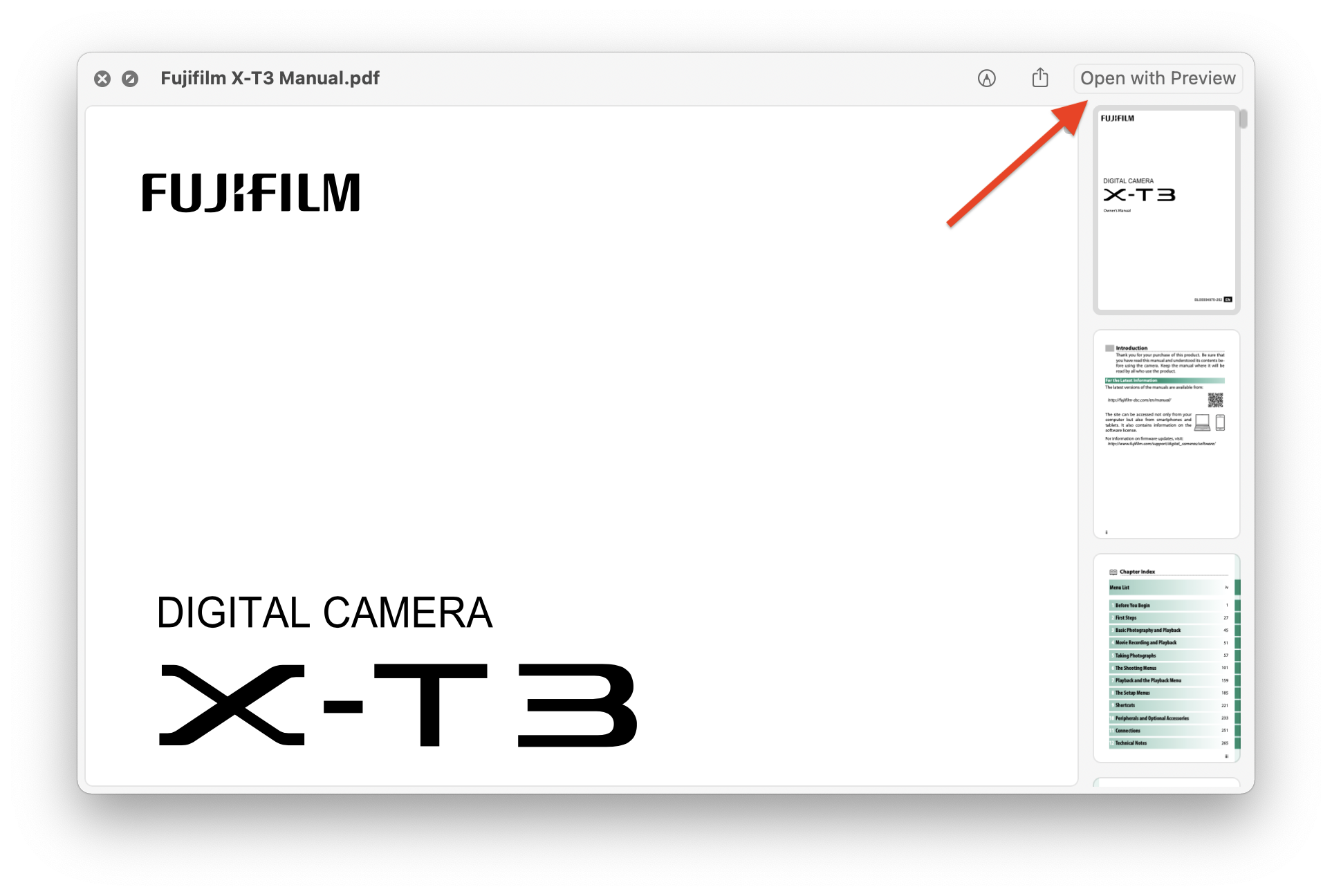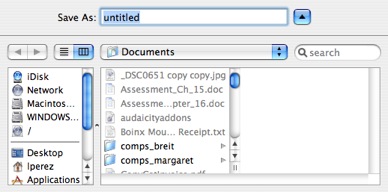

- Search for specific file types on mac how to#
- Search for specific file types on mac pdf#
- Search for specific file types on mac portable#
- Search for specific file types on mac code#
- Search for specific file types on mac windows#
When you try to open the file, Windows will ask you what app you want to use. In Windows, if you delete a file extension, Windows no longer knows what to do with that file. What Happens If I Change A File’s Extension?īased on what we just talked about in the previous section, what happens when you change a file’s extension kind of depends on what operating system you’re using.

We won’t dive too much more into this here, but if you’re interested in learning more, check out our guide to why Linux and macOS don’t need file extensions. Since file extensions aren’t really required on macOS or Linux, you could very well have a valid file with no extension, but the OS could still open the file with the right program because of the file information contained in the file header. Delete that extension, and Windows won’t know what to do with the file anymore. Windows knows that a file named readme.txt is a text file because of that TXT file extension, and it knows to open it with your default text editor. So, we talked about how Windows uses file extensions to know what type of file it’s dealing with, and what app to use when you open the file.
Search for specific file types on mac how to#
RELATED: How to Show All Filename Extensions on a Mac How Do macOS And Linux Use File Extensions? With Finder open, just head to Finder > Preferences > Advanced, and then enable the “Show all filename extensions” check box. You can make your Mac shows file extensions, though, and it’s probably not a bad idea to do so. The reason for this is that macOS doesn’t really use extensions the same way that Windows does (and we’ll talk about that more in the next section). RELATED: How to Make Windows Show File Extensionsįile extensions do not show up on Macs by default. In the Folder Options window, on the “View” tab, uncheck the “Hide extensions for known file types” box. In any File Explorer window, just head to View > Options > Change folder and search options. If file extensions are not showing for you in Windows, they’re easy enough to turn back on.

Search for specific file types on mac pdf#
Without file extensions showing, it can be hard to tell whether that PDF file you’re looking at (for example) is really a PDF file and not some malicious executable file. We say fortunately because we feel showing file extensions is not only more helpful but more secure. For a while-in Windows 7, 8, and even 10-this was not true, but fortunately, they changed the default settings. RELATED: 50+ File Extensions That Are Potentially Dangerous on Windows What If I Don’t See File Extensions on My Files?īy default, Windows shows file extensions. Play it safe and don’t open files unless they come from a trusted source.
Search for specific file types on mac code#
Typically, these are executable files that can run certain types of code when you try to open them. It’s also important to be aware that there are file types out there that are inherently risky, and could be dangerous.
Search for specific file types on mac portable#
PDF: The Portable Document Format originated by Adobe, and is used to maintain formatting in distributed documents.HTM/HTML: The HyperText Markup Language format for creating web pages online.PNG: Portable Network Graphics, a lossless image file format.XLS/XLSX: A Microsoft Excel spreadsheet.Word documents are now based on the XML format, hence the addition of the “X” at the end of the extension. DOC was the original extension used for Word documents, but Microsoft changed the format when Word 2007 debuted. Use the links in the table to get more details about specific policies.There are many different types of file extensions-way too many to list in an article-but here are a few examples of common file extensions you might see floating around on your computer: These tables list all of the browser-related group policies available in this release of Microsoft Edge. Show links shared from Microsoft 365 apps in History InternetExplorerIntegrationComplexNavDataTypesĬonfigure whether form data and HTTP headers will be sent when entering or exiting Internet Explorer mode Prevents files from being uploaded while in Application GuardĬonfigure when efficiency mode should become activeĬonfigure the list of types that are included for synchronization

Provide warning messages to help protect your users from potential typosquatting sites. The following policies were added to this documentation update. This article applies to Microsoft Edge version 77 or later.


 0 kommentar(er)
0 kommentar(er)
